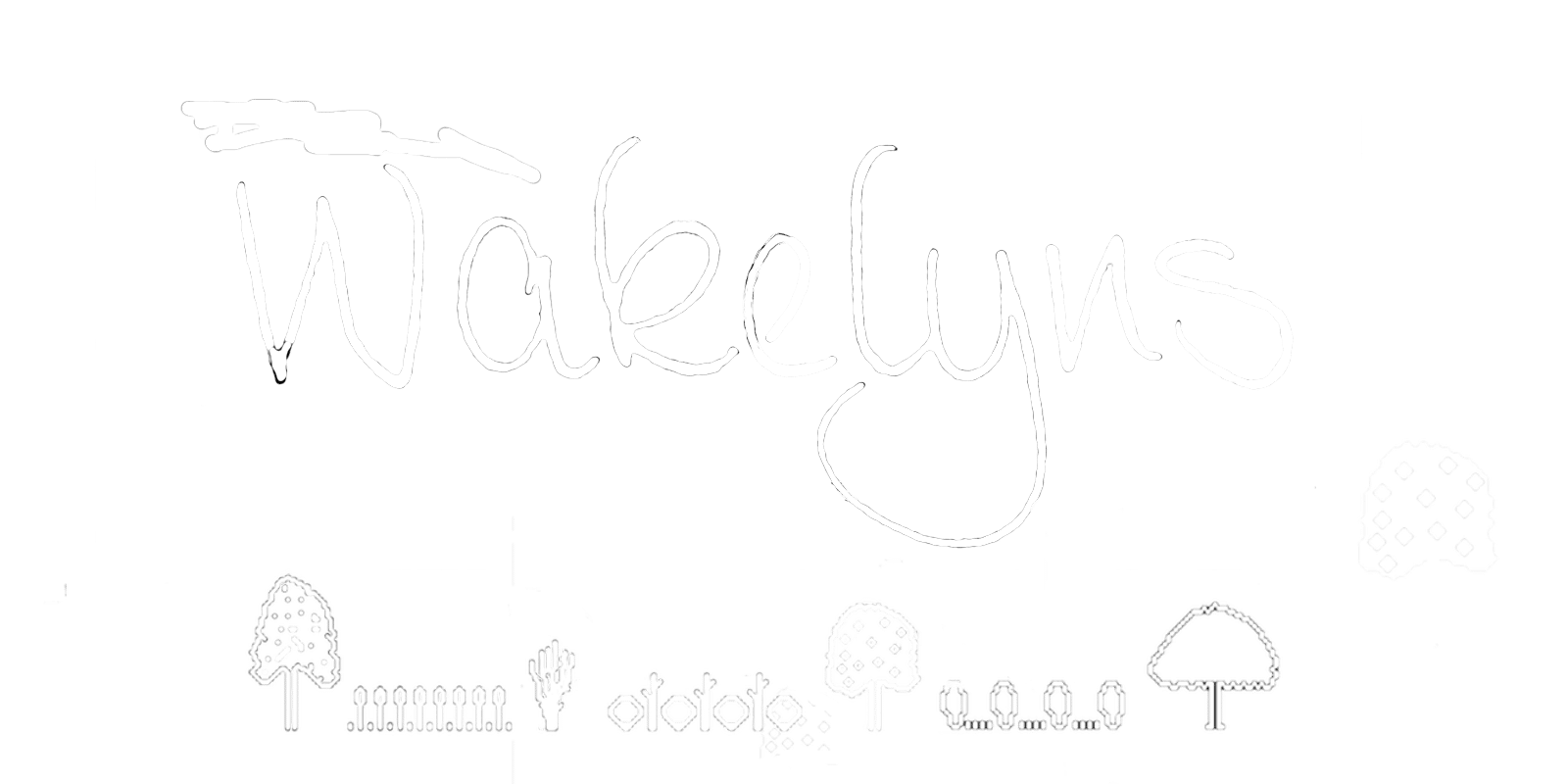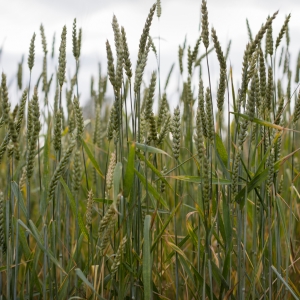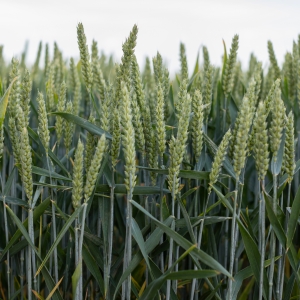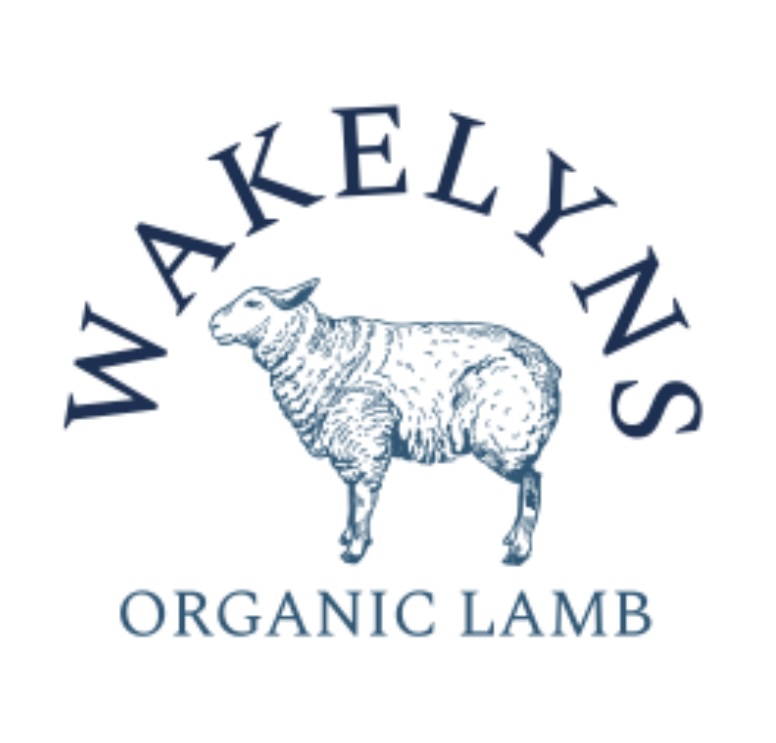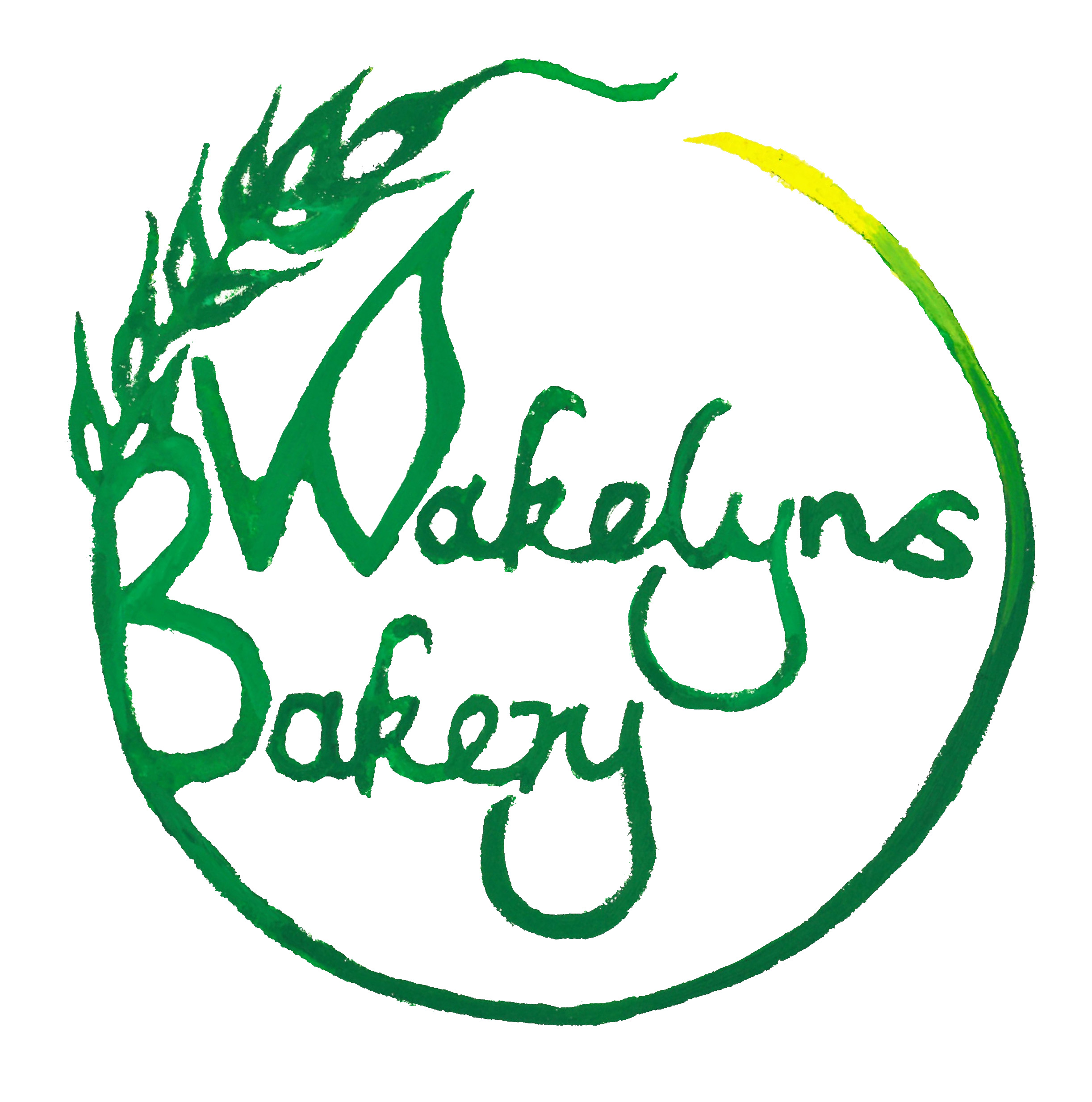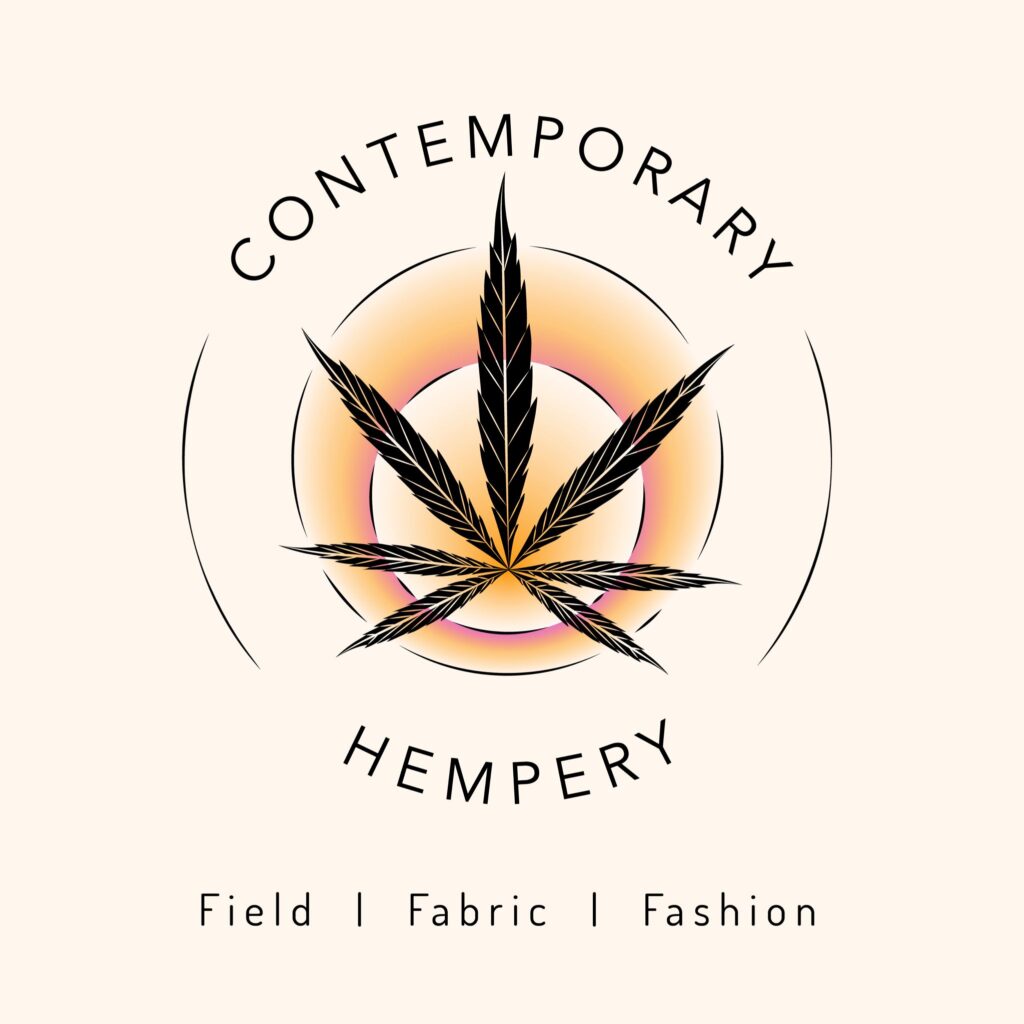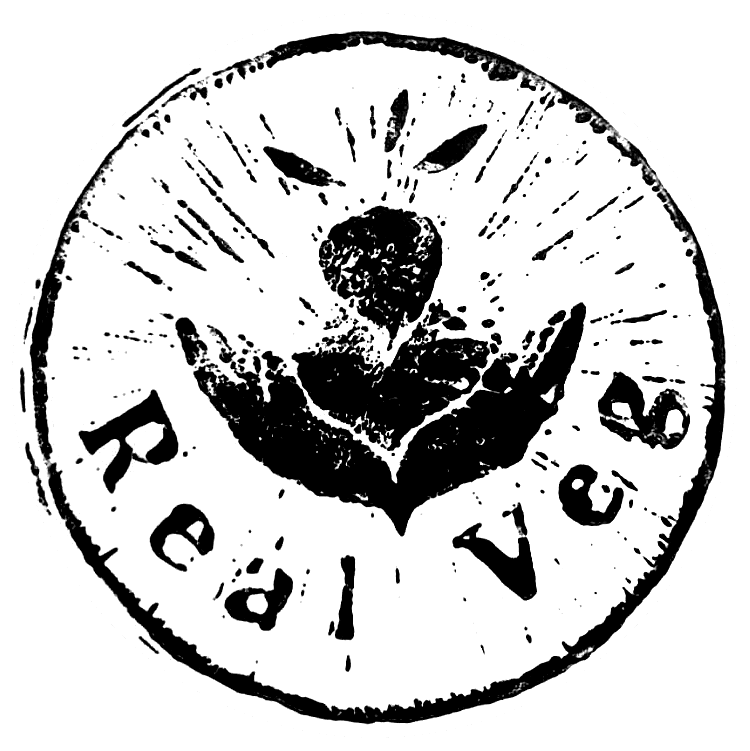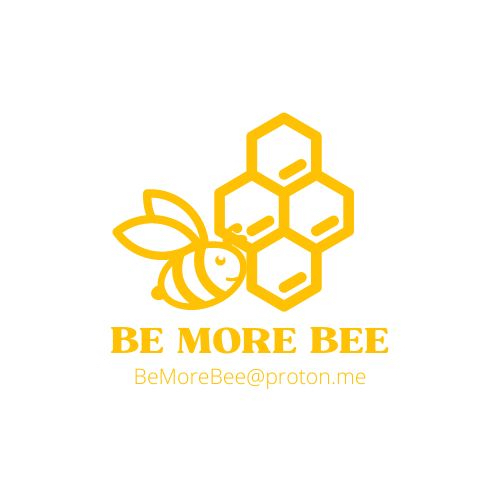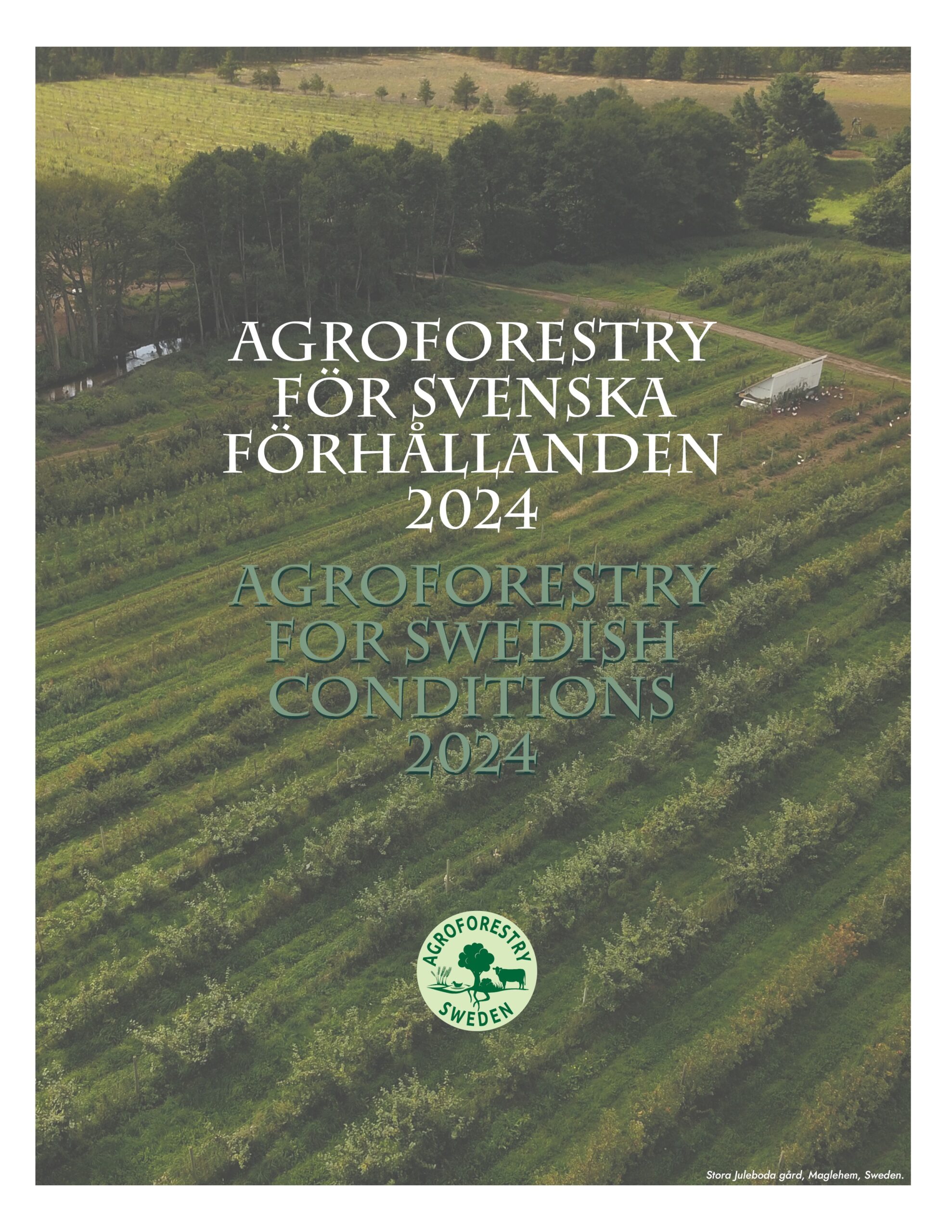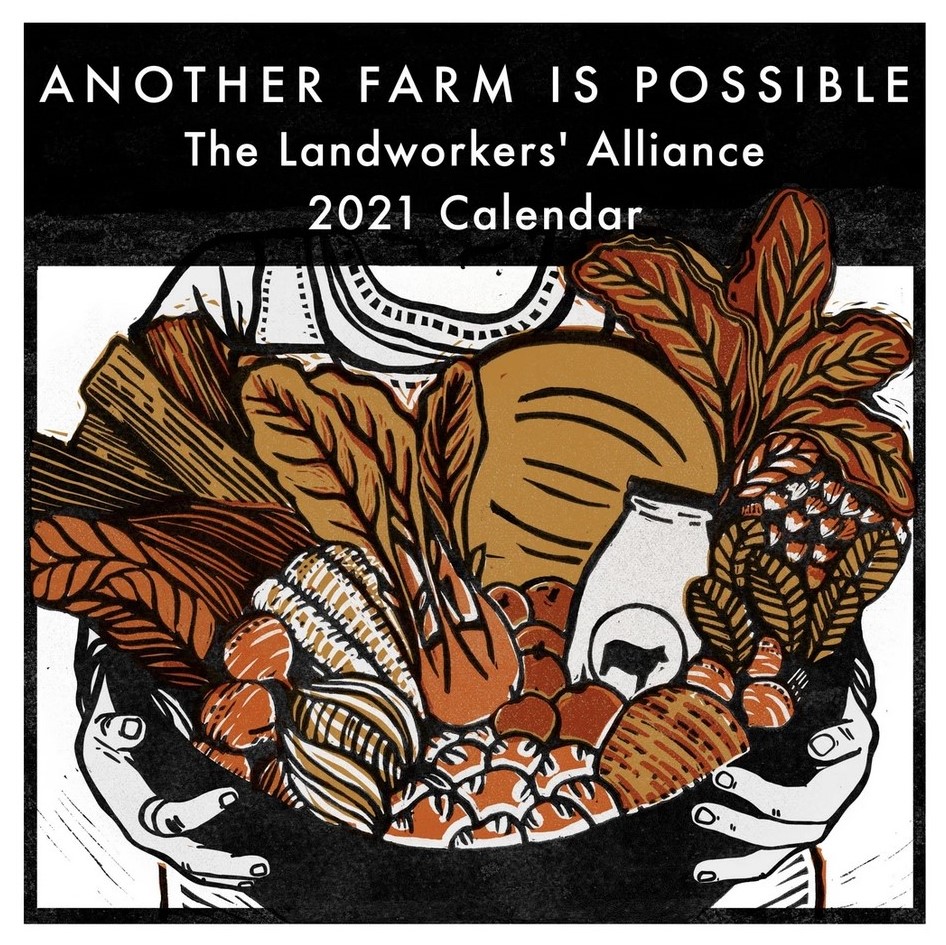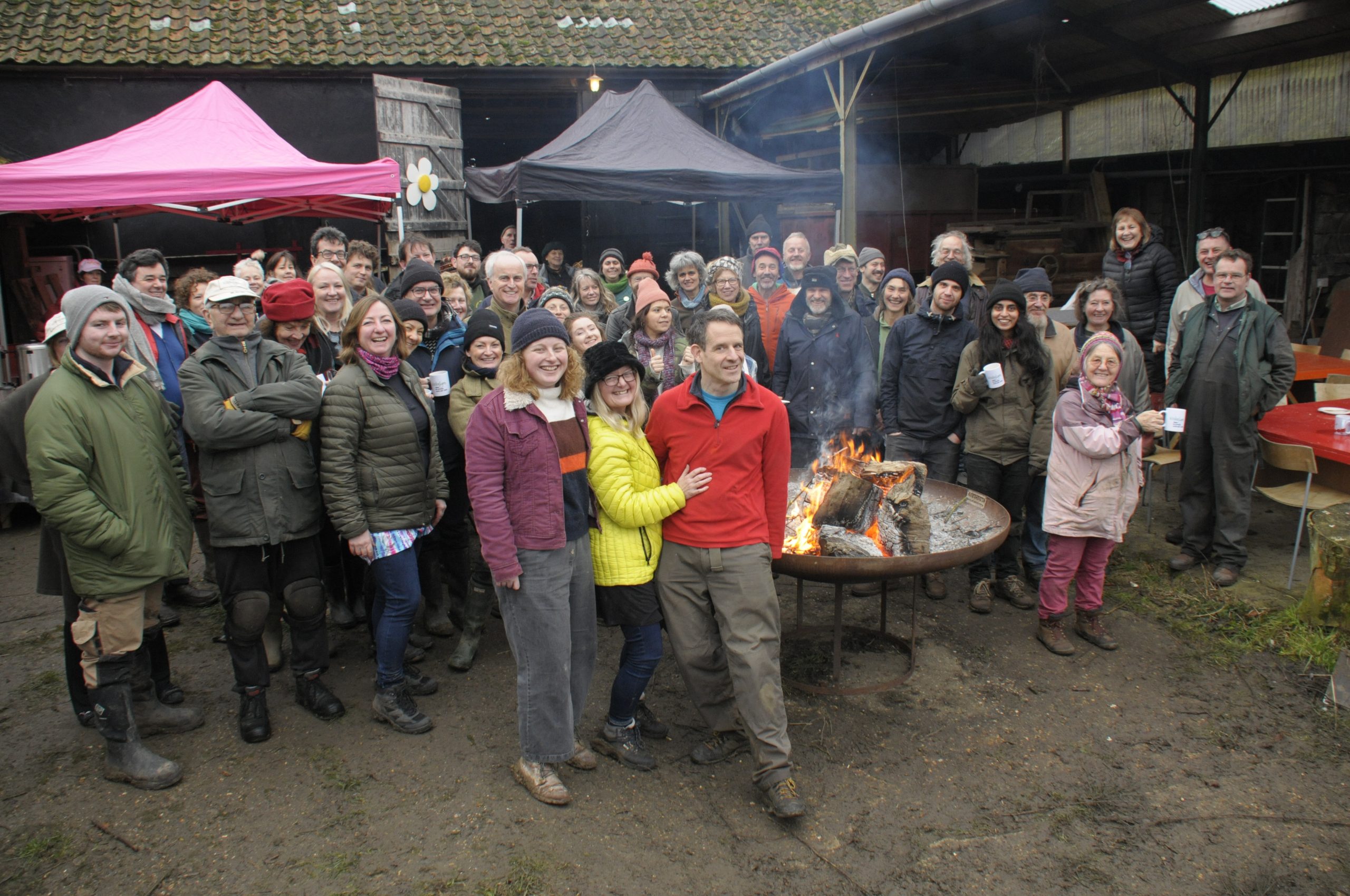As a bit of fun in 2023 and then again in 2024 we not only drilled YQ from the population which has been grown at Wakelyns, but also some ‘repatriated’ YQ which has been growing (and evolving?) at Mark Lea’s farm, Mike Stringer’s farm, and John Turner’s farm; and also a mix of them all: the YQ Meta Populaton.
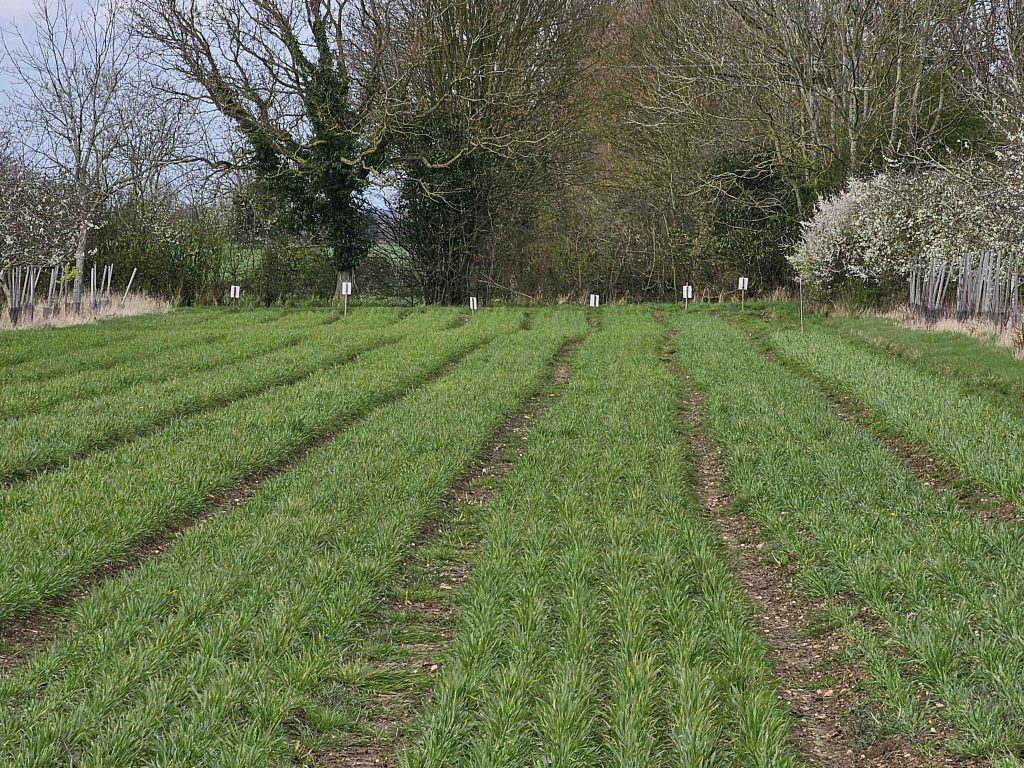
YQ blowing in the wind
The ‘YQ’ ORC Wakelyns Population Wheat was developed by the John Innes Centre and the team at Wakelyns from the Elm Farm Research Centre (as the Organic Research Centre – ORC – was then known). For the full details of how that was done (starting in 2001) see here.
At different times since then, batches of grain have been taken from Wakelyns to grow the YQ population elsewhere. Now lots of farms grow YQ, which is great. And, of course, each of those emigrant populations, like human communities who move across the world, will then have developed its own genetic characteristics, adapting to its new home. That’s how populations thrive in nature.
Meanwhile, the population at Wakelyns – the ‘birthplace’ of YQ – continues to evolve to ever better tune themselves to our local environment and soil.
In standard, pureline, monoculture varieties of wheat, all plants are almost identical. In population wheats, or Cross Composite Populations, all plants are genetically distinct. This brings great diversity within the crop and the field. Indeed if you visit Wakelyns, you will witness the great variety of heights and ears of the wheat plants here as they grow in the alleys.
If one individual plant in a population fails due to disease or weather conditions, there are others that will still grow and thrive. This vast in-built genetic diversity equates to huge resilience so that the crops do not require any inputs such as pesticides, fungicides and herbicides, unlike monoculture crops which are greatly dependent on all of these high nitrogen fertilisers. Populations, just as our ancestors grew 10,000 years ago, thus prove that the fundamental key to sustainable and healthy food and farming systems, which work as part of nature, is diversity.

As explained here, the ‘YQ’ was bred by making 190 crosses among 20 different parent varieties – 19 modern wheats and one old wheat, Maris Widgeon – and mixing all the resulting seeds. With this increased genetic diversity making more efficient use of soil nutrients and water, lowering plant disease and pest levels, the ORC found a huge improvement in yield stability. Moreover, their choice of parent plants produced a population which combined attractive levels of not only Yield but Quality too, resulting in its nickname, ‘YQ.’ Quality refers to the populations’ good baking quality, protein content and nutrition also. The Wakelyns Bakery, Small Food Bakery and other bakers using it, demonstrate its quality of texture and flavour too.
Every year, some of the grains from the harvest are milled for flour here on site, now being baked here too in our bakery, whilst the rest are saved as seeds and replanted. The ‘YQ’ at Wakelyns has now been through over eleven generations of natural field selection, each year the plants within them which are better adapted to the climate, soil and landscape here, reproducing. This results in our own local population, or ‘landrace’.
‘YQ’ is now being grown all over the UK, with farmers growing and saving their seeds every year to perpetuate the genetic diversity and resilience and develop their own landraces and a crop and food that is distinct to their own region. It is wonderful to see the ‘YQ’ and its message, in diversity there is strength, autonomy and beauty, being sown, harvested, milled and baked by a growing number of dedicated regenerative farmers, millers and bakers.
In the general economy of any land, the more widely and perfectly the animals and plants are diversified for different habits and life, so will a greater number of individuals be capable of their supporting themselves. Charles Darwin.
Resources and links
Here’s a leaflet explaining all about population wheats and the ORC Wakelyns Population from the ORC.
https://www.organicresearchcentre.com/manage/authincludes/article_uploads/POpulations3_NOCC15.pdf
Here (with thanks to Jeremy Gugenheim) are Martin and Kimberley Bell of Nottingham’s Small Food Bakery talking about how Kimberley became an ambassador for YQ population wheat from Wakelyns:
Here’s Bruce Pearce of the ORC talking about population wheat.
Here’s a great podcast, Cereal, all about the history of wheat and populations from Farmerama. Listen to this episode, and then the whole series! Highly recommended.
Here’s Small Food Bakery, ambassadors of the YQ and the first bakery to use it in their bread.
http://www.smallfoodbakery.com/yq-wakelyns-population
Here’s Kimberley Bell, founder of Small Food Bakery, giving a keynote speech at Grainz 2019 about working with Martin and YQ (starts at 12 minutes 20 seconds)
Here’s an article by Wendell Stevenson for Guardian Long Read about YQ
Here’s Martin speaking at the first international conference of wheat landraces, held in Bologna, 2018, ‘We Need to Talk about Landraces’.
The YQ and Q population wheats were developed at Wakelyns by Martin Wolfe and the team from the Organic Research Centre – here’s a great audio explainer
And this is what Agricology has to say:
Organic crop production requires plant varieties that are resistant to disease, competitive against weeds and effective at scavenging for nutrients. This leaflet summarises information about the ORC Wakelyns Population. The organic wheat population was launched in July 2015 as a result of an evolutionary breeding program pioneered by the Organic Research Centre (ORC). The huge diversity it offers fits well with the requirements of both low-input and organic farming. The leaflet explains that the benefits of diversity of wheat populations is understood within agriculture but until recently has not been a viable option. It sets the ORC Wakelyns Population in context with sections on breeding for organic/low input systems, the importance of diversity, defining what a ‘population’ is, and describing the ‘buffering effect.’ It then goes on to explain how the Population was bred, the qualities that distinguish it, the marketing of it, and where you can buy it.
To read the associated paper, click here
